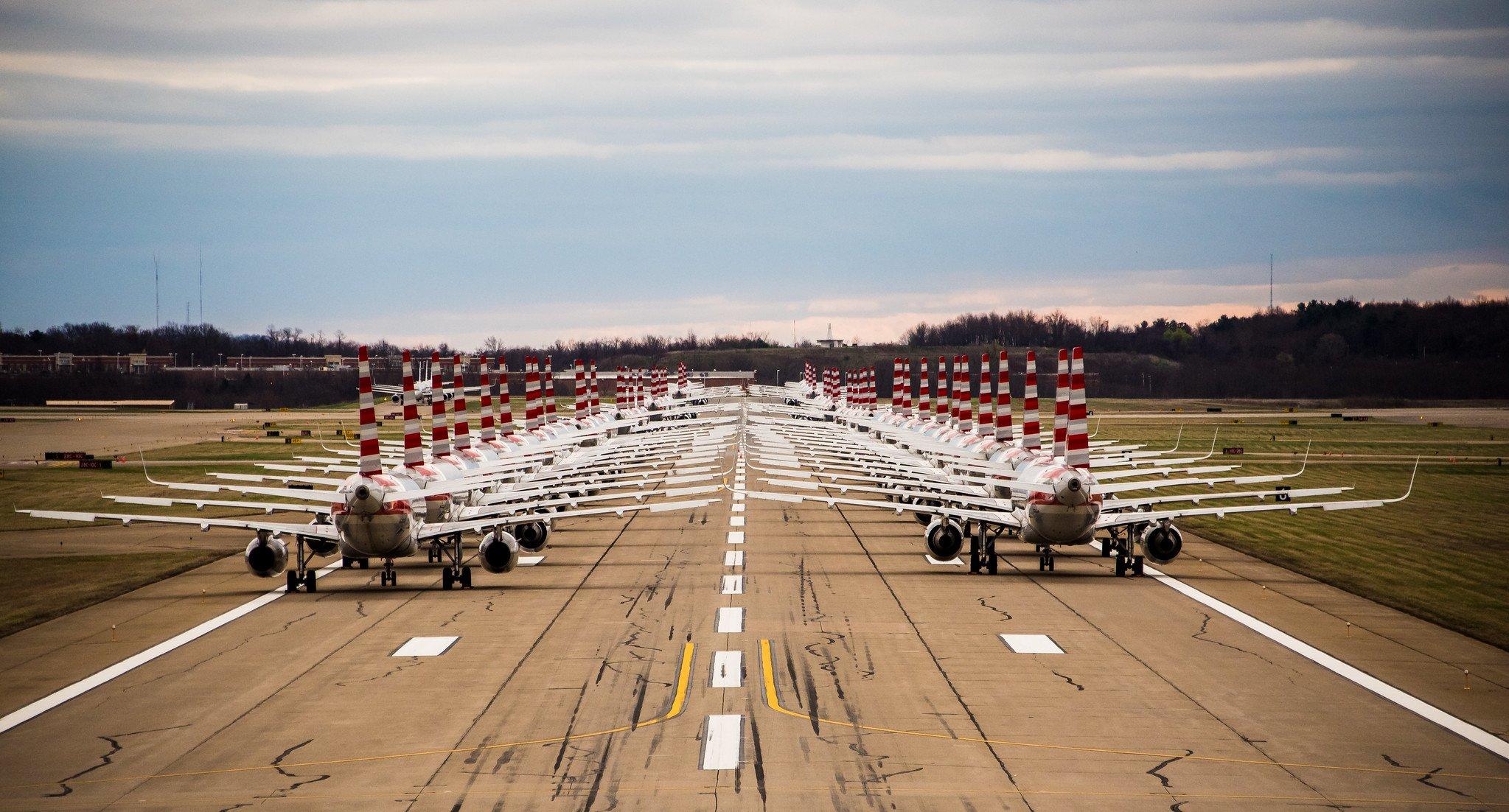由2019新冠肺炎导致的全球飞机利用率变化

随着制造商努力为飞机和发动机分配短期停放协议,以应对2019新冠肺炎的爆发,航空公司正在调整其日程安排和机队。挑战:通过削减运力,对需求做出快速相应,同时保持灵活性,以便在需求开始回升时增加运力。问题是:没人知道需求什么时候会回升,更没人知道会怎样回升。
As manufacturers work to distribute short-term parking protocols for aircraft and engines in response to the COVID-19 outbreak, airlines are shuffling their schedules and their fleets. The challenge: react quickly to demand by adjusting capacity downward, while maintaining flexibly to add capacity once demand begins to edge back up. The catch: nobody knows when any of this will happen, let alone what it will look like when it does.
随着可靠的需求趋势日渐明显,航空公司将开始重建其机队,并作出长期决策。停放和停放/保留的飞机数量将减少,而储备的飞机数量将增加(退役数量也一样)。
As reliable demand trends begin to emerge, airlines will begin to rebuild their fleets and make longer-term decisions. The number of parked and parked/reserve aircraft will shrink, while the stored figure will rise (as will retirements).
航空周刊为您提供决策分析工具和定制化解决方案, 以满足企业特定需求。助您识别新的市场机会, 最大化收益,以及最大限度地降低风险, 洞悉竞争。点击此处了解详细。